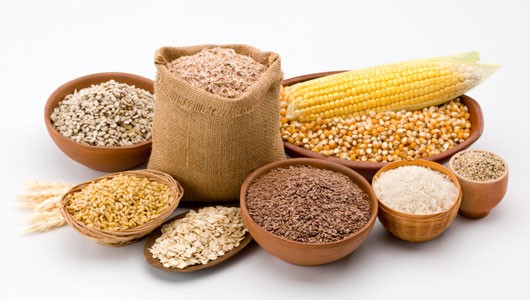Trading Grain
Post on: 16 Март, 2015 No Comment

Contango And Backwardation Situations
In order to maintain a stable supply to the market, excess supplies are stored and kept off the market by the grain producers. This help to explain why there is a “contango” with grain futures contract. A contango is a situation where nearby contracts are priced lower than the deferred months contracts. This is in contrast to a “backwardation”, a situation where deferred contracts are priced lower than nearby contracts. A backwardation situation occurs when the demand is higher than supply.
Image Source: Wikipedia
In a contango situation, the higher price paid to the deferred months contracts is to compensate the grain owners for keeping the excess supplies of the markets. For a backwardation situation, prices for nearby contracts are higher to persuade grain owners to release excess supply into the market. With this understanding, one way for commodities traders to trade the grain markets is to identify changes in the demand and supply structure and trade according to the spreads.
In addition to the formulating trades based on changes in the supply and demand structure, traders can also trade according to whether the market is bullish or bearish. If the analysis indicate that the market is bullish, traders can establish a long market position to take advantages of rising prices. On the other hand, if the market is bearish, traders can try to establish a short market position through the purchase of a put option or sale of a grain futures contract.
Fundamental Factors in Commodities Market

There are many fundamental factors which can influence the supply and demand of a commodity. For example, a reduction of cocoa production can be because less acreages is being allocated for planting cocoa trees due to better prices for a substitute cash crop. The end result is a decline in the supply of cocoa beans on the commodities market. A fundamentalist must look into all the possible factors so he can try to predict what the future demand and supply of a commodity will be like and trying to anticipate the market demand and supply is what fundamental analysis is really all about.
Another way of fundamentally trading the commodities markets is by looking at their relationship with another market. For example, the grain markets have an inverse correlation with the U.S dollar index. This is because when the value of the U.S dollar rises, foreign importers of U.S grains for have to pay more for the same quantity of grain that they imported previously prior to the rise of the U.S dollar. This could prompt consumers to switch to a cheaper substitute.
At the end of the day, commodities traders can always rely on different trading strategies which are formulated with fundamental analysis. These strategies could involve simple long or short market positions or more complex trading strategies using futures contracts or options.














